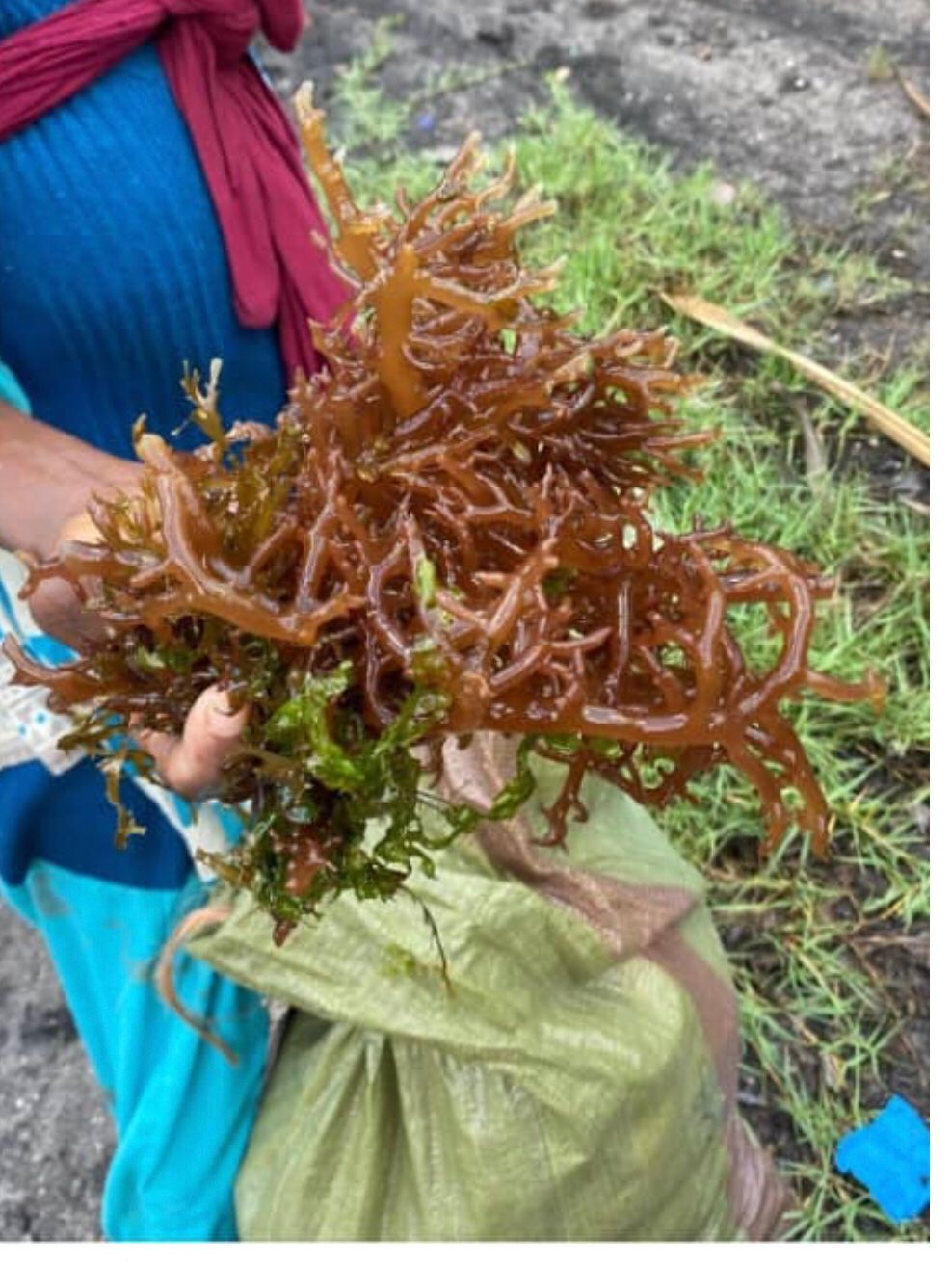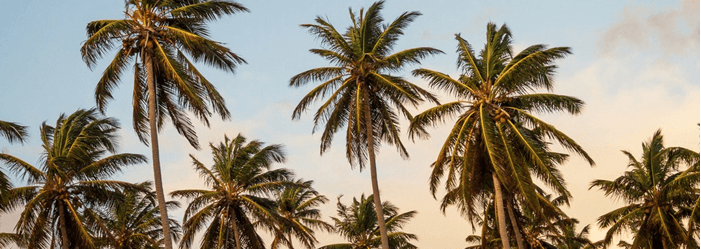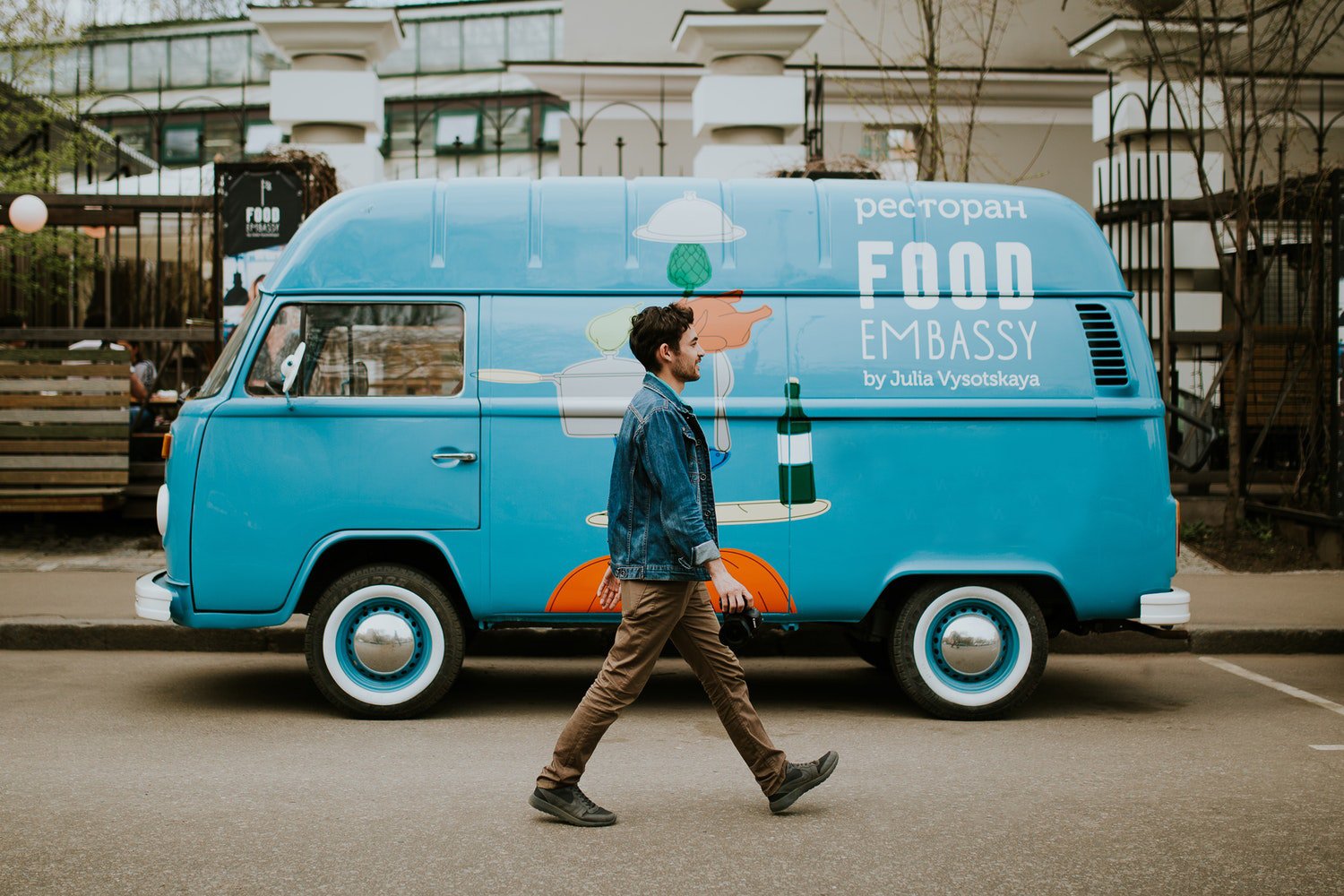Blog
Blog

By Fiona Barretto
•
29 Oct, 2023
.Our Vision Improved healthy living and income generation through increased seaweed. consumption locally for women smallholders' seaweed farmers in Tanzania. These twelve SDGs are also steps toward ocean restoring biodiversity, global energy. security, and storing carbon-from-air. The macroalgae is destined to become biofuel. Seaweed Farming towards regenerative red seaweed supply. Seaweed contributes to the economy of the country. In Zanzibar, for example, the seaweed industry is the 3rd foreign money earner, after tourism and the clove trade, and it forms over 90% of Zanzibar's marine export products. There are two types of macroalgae, microalgae, (Eucheuma and Kappaphycus)and seagrasses. In the 1990s Dr Thomas Goreau met two Tanzanian marine Biologists, Dr. Keto Mshigeni and Dr. Adelaida Semeisi, who had pioneered seaweed mariculture and marine science in Tanzania, and they planned to do Biorock projects there. Unfortunately, Dr. Mshigeni left to head the University of Namibia, and Dr. Semeisi died. The seaweed mariculture efforts they started, led by Dr. Flower Msuya, have developed women’s seaweed farming cooperatives in Zanzibar that have expanded to the mainland and to Mafia Island. These seaweed farms are now threatened by global warming, causing seaweeds to die in hot shallow water (Msuya, 2022). Their long-term viability will depend on villagers protecting and managing their mangroves and finding new sustainable sources of income. Sixtyfive women in Kigamboni make their living digging up fossil corals from deforested mangrove areas, smashing them with hammers into gravel they sell as aggregate for concrete for an income of about $1 a day. If they are banned from digging the degraded mangrove subsoil, and have no alternatives, their families face starvation. Local environmentalist Fiona Barreto, a Project developer Advisor for Leadership Alliance Sustainable Development Goals is a non-governmental organization Reg 4931 LASDGs is helping develop reforestation projects in the hope that villagers can earn the anticipated carbon credits for the forests they grow, and produce bee honey, oysters and crabs for sale. Together with CRDB bank, the Green Environmental Protection Project Fund focuses on the physical and mental health of women and children through community based capacity building workshops. Now, 30 years later, Tanzanian community development groups and marine resource managers, organized by Fiona Barreto together with Tanzania Fisheries Research Institute and LASDGS youth groups (Good Morning Mikoko Ujamaa ,Jitihada, Jitegemee) and funded by African Malaika are planning Biorock training workshops for coastal fishing communities and marine park managers in coral, mangrove, seagrass, and fisheries habitat regeneration, and to apply Biorock to mixed seaweed, fish, lobster, and giant clam mariculture with local groups in Zanzibar, Mafia, and the coast between Dar es Salaam and the Rufiji Delta. Besides mariculture, fisheries, mangrove , seagrass and algae (seaweeds) Blue Carbon projects to remove and store CO2, Biorock has many potential applications in local architecture to grow harder and cheaper building materials in the sea to replace buildings made from dead corals or polluting concrete. Farming seaweeds in deeper and cooler water is possible, but these can’t be tended by wading at low tide, requiring boats and swimming where Mtu chake group was successful in their pilot phase. The Mtu Chake group has invested in large-scale breeding of EUCHEUMA (Mwani) in the shallow waters of Kigamboni, Tanzania. Seaweeds form productive meadows that provide food and shelter for many important species, including fin fish, shellfish, squid, octopus, crabs and sea cucumbers, which in turn provide income and nutrition for the people of Kigamboni. We sincerely invite international partners to join and develop EUCHEUMA (Mwani) planting and procurement in Tanzania Tanzania's waters are green, environmentally friendly, and pollution-free, making it an ideal EUCHEUMA planting base. According to FAO Seaweed is a nutritious food that offers many health benefits. Seaweed is undeniably nutrient-rich. It is an excellent source of minerals, fiber and trace elements. It contains high levels of vitamin A, B12, K and folate, and is a good vegetarian protein source.Fibre is also a key benefit. An 8 g portion of dried seaweed provides over 10% of an adult’s daily fiber needs, similar to the amount in a banana. Seaweed’s high soluble fiber content means it can slow down the absorption of sugars and cholesterol. Seaweed is highly versatile and can be used in many dishes such as sushi rolls, soups and stews, salads, supplements, and smoothies.Seaweed farms absorb nutrients and carbon dioxide to grow. The farms can help improve water quality and buffer the effects of ocean acidification in surrounding areas. When you choose to cooperate with us, our future to save the environment and climate change -Millions of people’s livelihoods and well-being are directly reliant on seagrass – through fisheries, marine tourism, and coastal protection from storms and will shower you God's blessing helping the livelihood from coastal areas in Tanzania to stimulates economic growth in coastal communities, making it easier to afford healthy diets. We can provide investment partners with factory and school base labs buildings for processing unicorn, shrimp skin, seaweed, breadfruit, and more. Lets launch its first agricultural product in kigamboni, a seaweed-based biostimulant !

By Fiona Barretto
•
29 Oct, 2023
Good Morning Mikoko Ujamaa is a community-based organization focused on the socioeconomic wellbeing of women and girls living in vulnerable conditions around Mdimini, Mjimwema, Magogoni Ras Dege and Kibugumo, Tanzania. Their work includes sourcing school supplies for students, providing education on public health and environmental issues, and investing in local infrastructure projects. Their current mangrove restoration initiative, which includes the planting of 15000 mangrove saplings, employs about ⅔ women and ⅓ unemployed youth. By creating green jobs in their local communities, GMMU is giving the next generation the tools they need to become mangrove champions! The Dar es Salaam area of Tanzania offers emblematic mangrove forests, huge areas of seagrasses and some of the most beautiful coral reefs in the world. In contrast to the incredible richness of marine biodiversity and natural resources, communities are extremely impoverished with limited access to education and health facilities. This has led to widespread environmental degradation; East Africa has lost 6 million hectares of forest since 2000. Meanwhile, mangroves are widely considered among the most critical ecosystems for maintaining a functional biosphere. These forests are regarded as some of the most effective CO2 sequestering ecosystems, acting as “blue carbon” sinks, trapping absorbed carbon through biomass and mud. Perhaps more importantly, they serve as nurseries for tropical ocean fish and invertebrates. Hundreds of species rely on mangroves as safe places for their youth to grow up, before venturing to coral reefs and the open ocean. Without these forests, fish stocks become depleted, directly impacting the lives of fishermen and their families in these coastal communities. GMMU vision is an agroforestry transformation in the developing world, resulting in a massive increase in the use of agroforestry on working landscapes by smallholder rural households that helps ensure security of food, nutrition, income, health, shelter and energy and a regenerative environment. Expanding our forest garden, GMMU Tanzania focuses on climate change adaptation and mitigation, including climate-smart agriculture (CSA), bioenergy, tree products and value chains. GMMU team members have become mangrove champions, not only replanting and protecting their shores, but engaging in mangrove advocacy within their communities. The income they earn from their stewardship through Greensand pay-to-grow model goes towards paying rent, buying food and clothes for their families, paying children’s school fees, and investing in their own education. Our vision is an agroforestry transformation in the developing world, resulting in a massive increase in the use of agroforestry on working landscapes by smallholder rural households that helps ensure security of food, nutrition, income, health, shelter, energy, and a regenerative environment. In addition to supporting tree growers, GMMU uses their restoration revenue to invest in environmental education programs to ensure the long-term protection of these vulnerable communities. The organization already makes weekly mangrove advocacy visits with local schools, in addition to funding school and community infrastructure projects. Together with Greensand’s pay-to-grow system, Greensand’s Treetracker app is the solution to transforming landscape and reforestation. It includes the mobile app, a Web Map of every tracked tree, an Admin Panel for project leaders, and the Impact Wallet, which allows growers to own, sell, or trade the environmental impacts of the trees they care for. Utilizing the pay-to-grow system, Greenstand and Fairtree create an immediate and tangible incentive for communities to restore and protect vital ecosystems, such as these coastal mangroves and forests in Southern Tanzania. Tree growers take geo-tagged images of each tree they care for and upload those photos to the Treetracker app. Greenstand’s verification team approves tree photos and verifies each tree’s ecological attributes. Each tree’s ecological impacts are digitized into an Impact Token, which can be traded or sold to investors. The pay-to-grow model provides a unique opportunity to tackle the climate crisis and pay some of the poorest people in the world to restore degraded lands. Each year, we lose 24 billion tons of fertile soil. This extreme land degradation disproportionately affects the lowest-income communities, which is why their stewardship is so important. Let’s build a global resilience to climate change using Greenstand’s Treetracker and Fairtree's pay-to-grow model. Conserve, restore, and grow trees to earn Impact Tokens that can be traded with investors around the world.

By Fiona Barretto
•
29 Oct, 2023
Good Morning Mikoko Ujamaa is a community-based organization focused on the socioeconomic wellbeing of women and girls living in vulnerable conditions around Mdimini, Mjimwema, Magogoni Ras Dege and Kibugumo, Tanzania. Their work includes sourcing school supplies for students, providing education on public health and environmental issues, and investing in local infrastructure projects. Their current mangrove restoration initiative, which includes the planting of 15000 mangrove saplings, employs about ⅔ women and ⅓ unemployed youth. By creating green jobs in their local communities, GMMU is giving the next generation the tools they need to become mangrove champions! The Dar es Salaam area of Tanzania offers emblematic mangrove forests, huge areas of seagrasses and some of the most beautiful coral reefs in the world. In contrast to the incredible richness of marine biodiversity and natural resources, communities are extremely impoverished with limited access to education and health facilities. This has led to widespread environmental degradation; East Africa has lost 6 million hectares of forest since 2000. Meanwhile, mangroves are widely considered among the most critical ecosystems for maintaining a functional biosphere. These forests are regarded as some of the most effective CO2 sequestering ecosystems, acting as “blue carbon” sinks, trapping absorbed carbon through biomass and mud. Perhaps more importantly, they serve as nurseries for tropical ocean fish and invertebrates. Hundreds of species rely on mangroves as safe places for their youth to grow up, before venturing to coral reefs and the open ocean. Without these forests, fish stocks become depleted, directly impacting the lives of fishermen and their families in these coastal communities. GMMU vision is an agroforestry transformation in the developing world, resulting in a massive increase in the use of agroforestry on working landscapes by smallholder rural households that helps ensure security of food, nutrition, income, health, shelter and energy and a regenerative environment. Expanding our forest garden, GMMU Tanzania focuses on climate change adaptation and mitigation, including climate-smart agriculture (CSA), bioenergy, tree products and value chains. GMMU team members have become mangrove champions, not only replanting and protecting their shores, but engaging in mangrove advocacy within their communities. The income they earn from their stewardship through Greensand pay-to-grow model goes towards paying rent, buying food and clothes for their families, paying children’s school fees, and investing in their own education. Our vision is an agroforestry transformation in the developing world, resulting in a massive increase in the use of agroforestry on working landscapes by smallholder rural households that helps ensure security of food, nutrition, income, health, shelter, energy, and a regenerative environment. In addition to supporting tree growers, GMMU uses their restoration revenue to invest in environmental education programs to ensure the long-term protection of these vulnerable communities. The organization already makes weekly mangrove advocacy visits with local schools, in addition to funding school and community infrastructure projects. Together with Greensand’s pay-to-grow system, Greensand’s Treetracker app is the solution to transforming landscape and reforestation. It includes the mobile app, a Web Map of every tracked tree, an Admin Panel for project leaders, and the Impact Wallet, which allows growers to own, sell, or trade the environmental impacts of the trees they care for. Utilizing the pay-to-grow system, Greenstand and Fairtree create an immediate and tangible incentive for communities to restore and protect vital ecosystems, such as these coastal mangroves and forests in Southern Tanzania. Tree growers take geo-tagged images of each tree they care for and upload those photos to the Treetracker app. Greenstand’s verification team approves tree photos and verifies each tree’s ecological attributes. Each tree’s ecological impacts are digitized into an Impact Token, which can be traded or sold to investors. The pay-to-grow model provides a unique opportunity to tackle the climate crisis and pay some of the poorest people in the world to restore degraded lands. Each year, we lose 24 billion tons of fertile soil. This extreme land degradation disproportionately affects the lowest-income communities, which is why their stewardship is so important. Let’s build a global resilience to climate change using Greenstand’s Treetracker and Fairtree's pay-to-grow model. Conserve, restore, and grow trees to earn Impact Tokens that can be traded with investors around the world.



